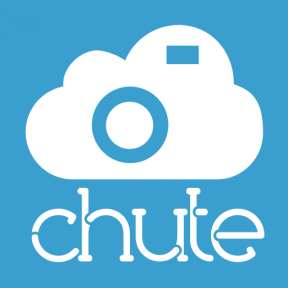Chute, a startup that offers tools for collecting and displaying photos, has raised $7 million in Series A Funding.
The round was led by Foundry Group, with participation from existing investors Freestyle Capital and US Venture Partners. Chute previously raised a $2.7 million seed round led by Freestyle.
The company allows publishers and other businesses to pull relevant photos from social networks or collect them directly from users, then display those images on their own websites and in real-world locations. It’s also experimenting with other photo collection methods, like allowing NBC News reporters to post photos of the presidential inauguration directly from a Chute mobile reporting app.
The larger vision, said co-founder Ranvir Gujral, is to build “a complete visual platform.” He said that whenever a company publishes visual content, Chute should be involved in some way: “That doesn’t have to mean we publish everything — it just means that we know about it.”
 The first step in making that happen, Gujral said, is “growing our marketshare and awareness,” and indeed that’s one of the company’s main goals with the new funding. At the same time, he acknowledged that there’s work to be done on the product side too.
The first step in making that happen, Gujral said, is “growing our marketshare and awareness,” and indeed that’s one of the company’s main goals with the new funding. At the same time, he acknowledged that there’s work to be done on the product side too.
Chute is also making a product announcement today, unveiling Chute Ads, which allow companies to incorporate photos, whether from the brand itself or provided by users, into banner ads. This helps brands tie together their “paid, owned, and earned media,” Gujral said.
“As a brand, if I’m putting time into creating great content and posting it to my Instagram and Pinterest, I want to put it into my own ad units instead of a static SWF file,” Gujral said. “We want to kill the static SWF file.”
The first publisher to offer Chute Ads, which are scheduled to go live in June, is Condé Nast Traveler. In a press release, Craig Kostelic, Head of Digital Global Sales for Condé Nast Travel Network, argues that the ads “give advertisers the ability to also be publishers,” and that since they pull content in real-time, “audiences will never see the same ad twice.”
